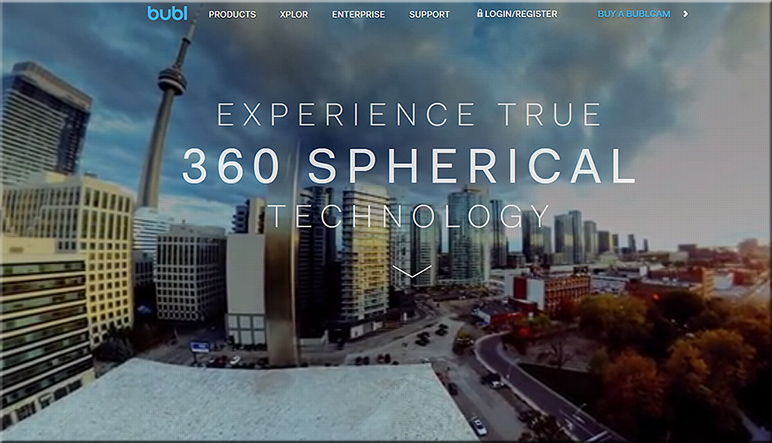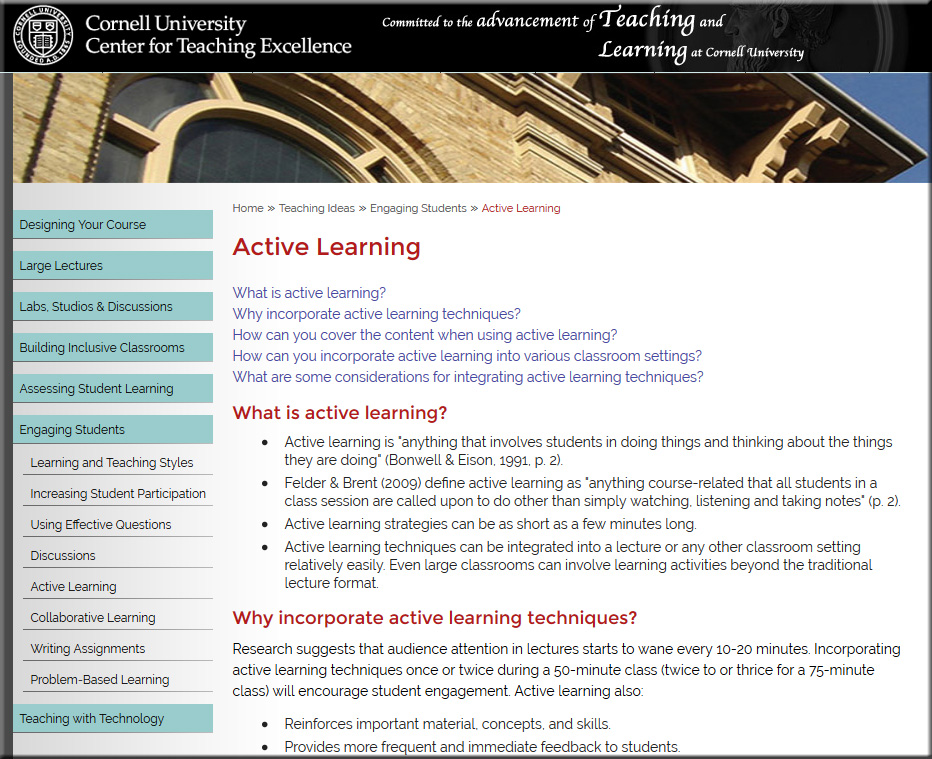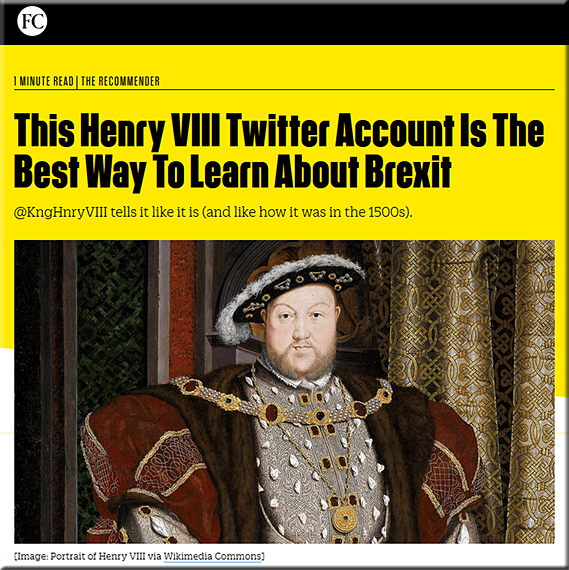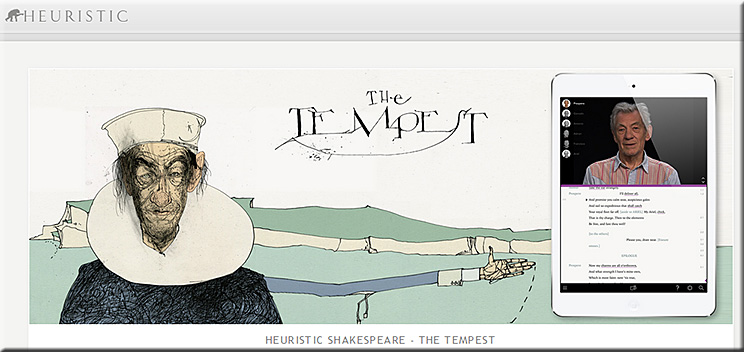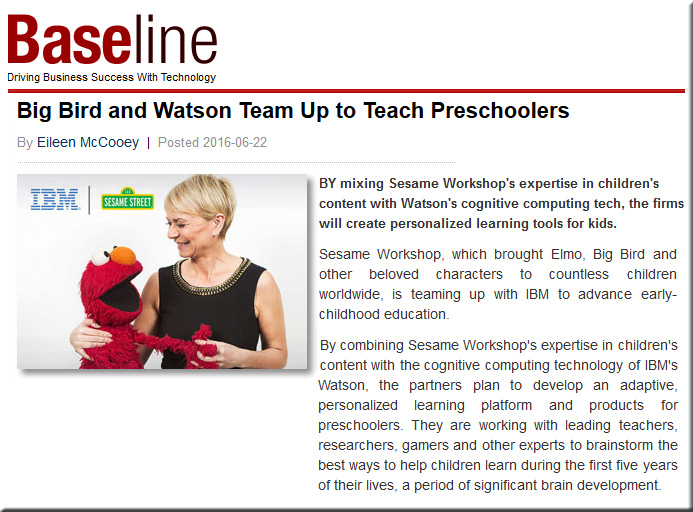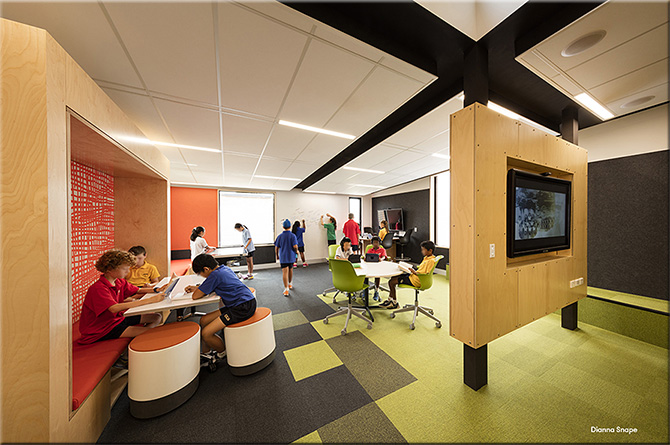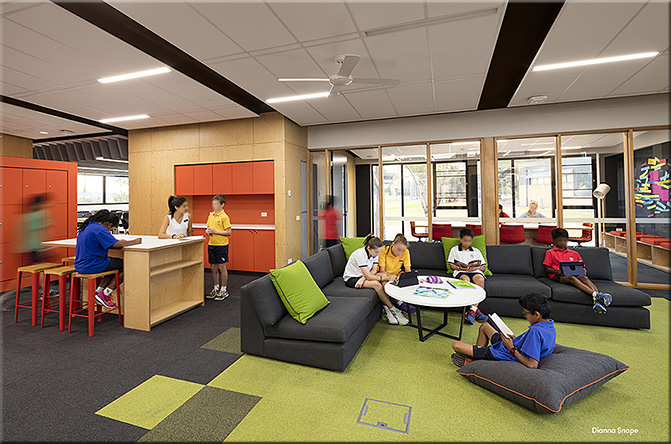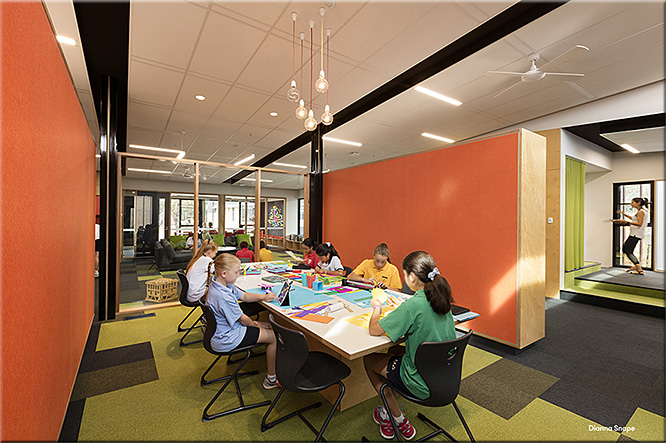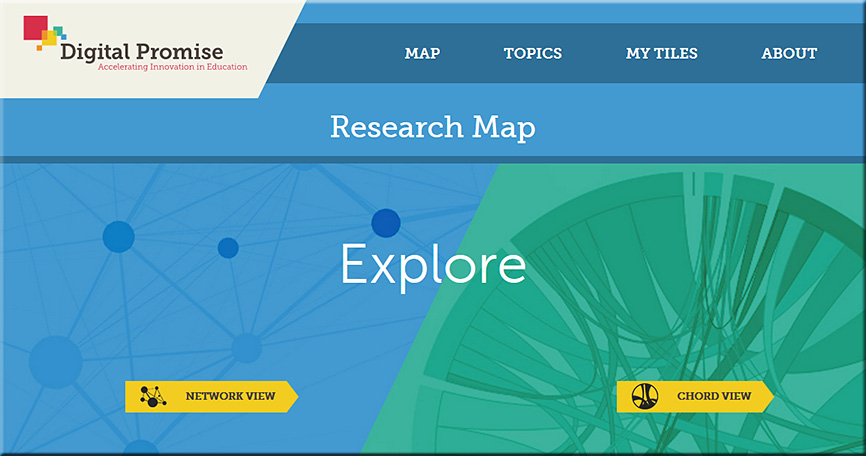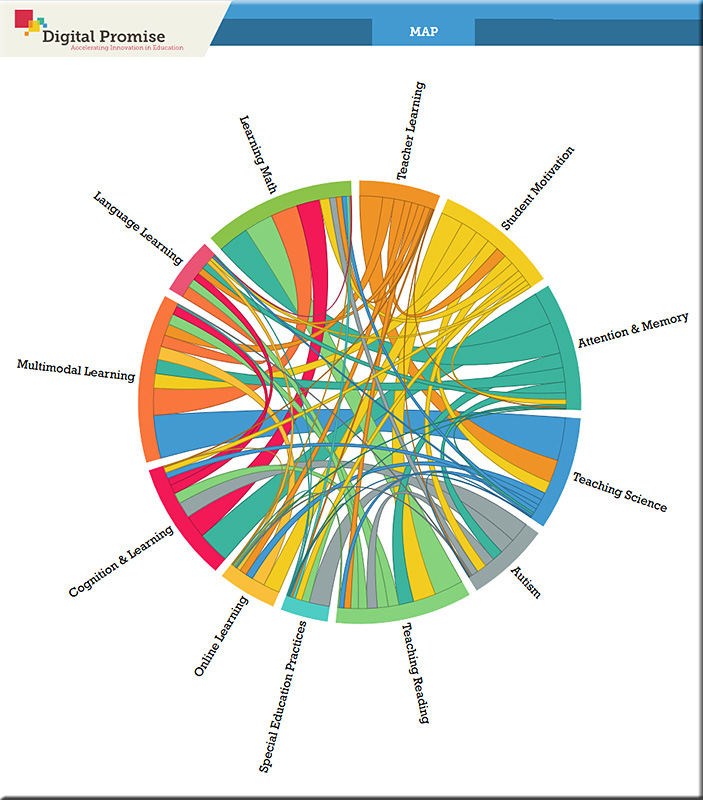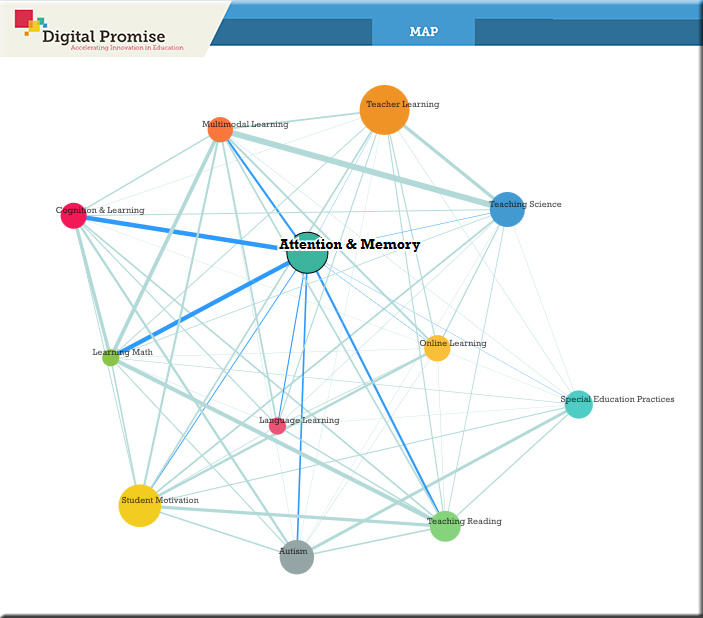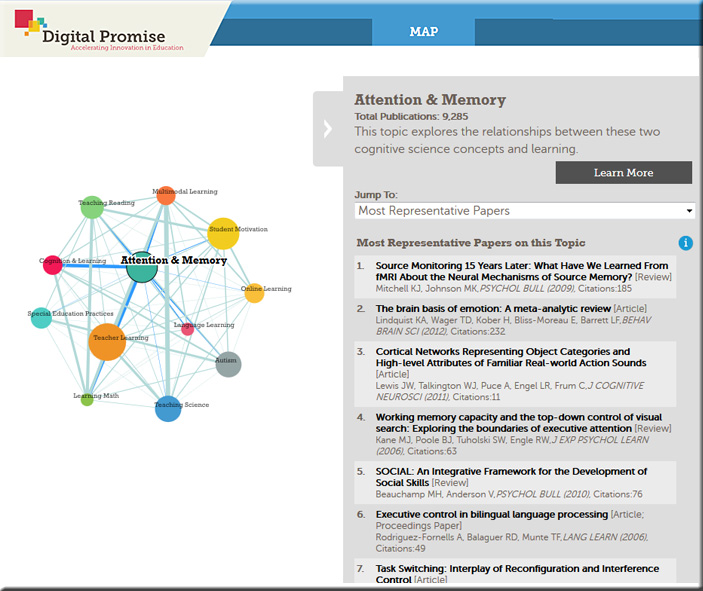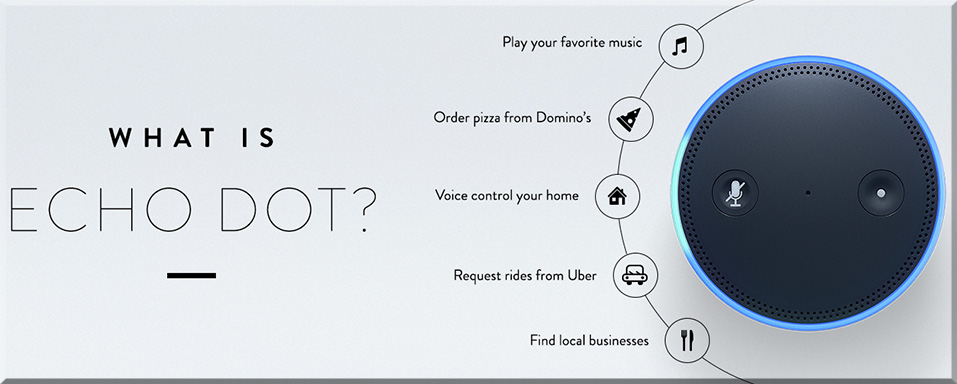Women of Foresight: Changes in Education for Future Student Success — from leadingthought.us.com by Dr. Liz Alexander
Excerpt:
Education. A topic that remains hotly debated all over the world. Especially now, as we struggle to find our footing as our futures hurtle towards us, faster and more profoundly different than ever before.
What changes do existing schools and colleges need to make to better prepare students for the trends we already see? Together with those “weak signals” that suggest other, possible futures? In “trying to adapt education for what the American economy is evolving into,” is mandating “coding classes” part of the answer? Are we doing enough to take into account contrarian perspectives like this one? Who gets to decide what the purpose of education should be, in any case?
These are just some of the questions everyone–from policy makers to parents, academics to students themselves–need to think about.
Intrigued as to what the global futurist and foresight communities might have in mind, I posed them the following question:
If there was one thing I could change in education to better prepare students for the future of work, it would be…
The twenty women that responded to my call are either professional futurists or apply foresight in their roles as leaders in global firms and consultancies, think tanks and foundations. They’re from countries as geographically disperse as Australia, Egypt, Germany, India, New Zealand, Norway, United Arab Emirates, United Kingdom, and United States.
(If you’re wondering why I only asked women, it was a deliberate move to broaden commentary on “our futures,” so people don’t think it’s the sole purview of older, white men. Also, because I believe women’s natural inclinations toward relationships and collaboration, communities and mutual support, are the future!)
One example/answer:
“…to put more emphasis on HOW students will contribute, rather than WHAT their expertise will be, by helping them answer these three questions:
- How do I most want to contribute to something larger than myself, aka my ‘mission in life’?
- In what work environment will I be able to make the meaningful contributions I’m capable of?
- How do I interact with others? What might derail my ambitions, dreams, and wishes? What can I do about it?”











![The Living [Class] Room -- by Daniel Christian -- July 2012 -- a second device used in conjunction with a Smart/Connected TV](http://danielschristian.com/learning-ecosystems/wp-content/uploads/2012/07/The-Living-Class-Room-Daniel-S-Christian-July-2012.jpg)






